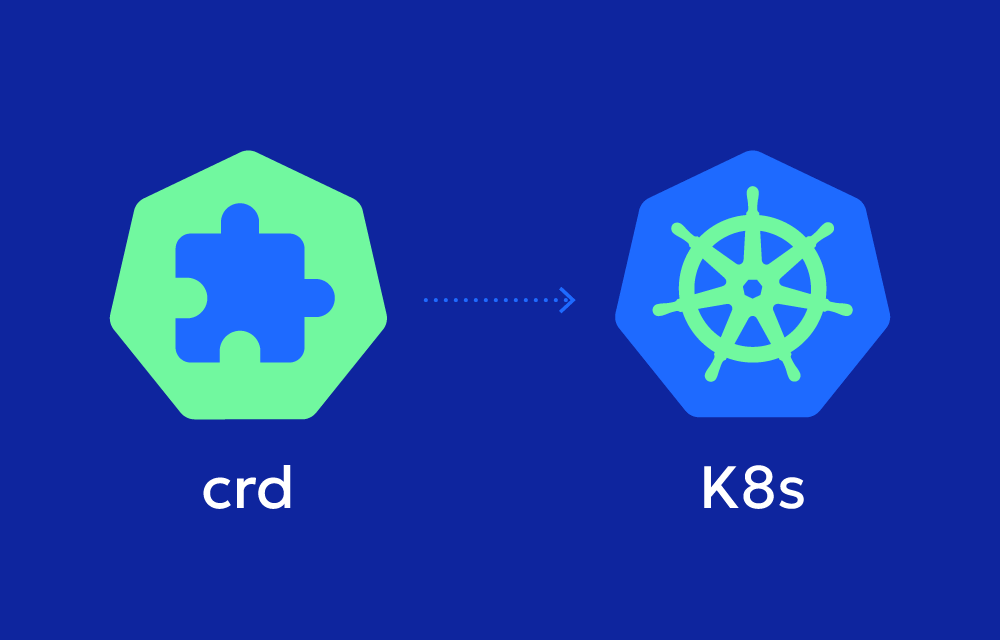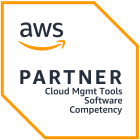Background
Kubernetes was designed with extensibility in mind. While it comes with a set of built-in resource types (like Deployments, ConfigMaps, etc.), these aren’t always enough for real-world needs. That’s where Custom Resources (CRs) come in.
Introduced as part of Kubernetes’ API extension mechanism, CRs let you define new kinds of objects without modifying Kubernetes source code or recompiling anything.
They’re powered by the CustomResourceDefinition (CRD), a Kubernetes-native way to register new resource types.
Why Custom Resources Matter
Custom Resources allow you to:
- Introduce new abstractions tailored to your system (e.g.,
Database,BackupPolicy,MLJob) - Declaratively manage complex applications using the same tooling you already use for Kubernetes
- Build Operators—automated controllers that manage the lifecycle of custom objects
This enables platform teams, SREs, and DevOps engineers to codify operational knowledge into Kubernetes-native workflows.
Key Concepts
1. CustomResourceDefinition (CRD)
A CRD is what tells Kubernetes to recognize a new resource type. When you apply a CRD YAML, Kubernetes adds a new API endpoint, such as:
/apis/mygroup.example.com/v1alpha1/myresources
From then on, users can create and manage MyResource objects just like Pods or Services.
2. Custom Resource (CR)
Once the CRD is registered, a Custom Resource is an instance of that type. For example:
apiVersion: apps.example.com/v1
kind: WebApp
metadata:
name: my-app
spec:
image: nginx
replicas: 3
This defines a new WebApp object that your custom controller or operator can act on.
3. Controller / Operator
A controller watches for changes to your Custom Resource and takes action—such as creating deployments, scaling workloads, or updating configurations. When that controller implements complex logic, it’s often called an Operator.
Use Case Examples
Example 1: Define a Database resource
apiVersion: infra.mycompany.com/v1
kind: Database
metadata:
name: customer-db
spec:
engine: postgres
version: "14"
storage: 20Gi
This could be backed by an operator that provisions a PostgreSQL instance, attaches volumes, and ensures backups.
Example 2: ML Pipeline Step
apiVersion: ai.org/v1beta1
kind: TrainingJob
metadata:
name: train-bert
spec:
model: bert
dataset: s3://mybucket/data
gpu: true
A controller watches for TrainingJob resources and spins up GPU workloads accordingly.
Custom Resources vs. Built-in Resources
| Feature | Built-in Resources | Custom Resources |
|---|---|---|
| Part of Kubernetes Core | ✅ | ❌ |
| API Server Support | ✅ | ✅ via CRD |
| Extendable by Users | ❌ | ✅ |
| Backed by Controller | ✅ | ✅ (you provide one) |
| Use in kubectl, YAML, etc. | ✅ | ✅ |
How to Create a Custom Resource
1. Create a CRD (example)
apiVersion: apiextensions.k8s.io/v1
kind: CustomResourceDefinition
metadata:
name: webapps.apps.example.com
spec:
group: apps.example.com
names:
kind: WebApp
plural: webapps
scope: Namespaced
versions:
- name: v1
served: true
storage: true
schema:
openAPIV3Schema:
type: object
properties:
spec:
type: object
properties:
image:
type: string
replicas:
type: integer
2. Apply the CRD
kubectl apply -f webapp-crd.yaml
3. Create your Custom Resource
apiVersion: apps.example.com/v1
kind: WebApp
metadata:
name: frontend
spec:
image: nginx:latest
replicas: 2
Apply it with kubectl apply -f frontend.yaml.
Use Cases in Real-World Platforms
| Use Case | Example CRD | Real-world Application |
|---|---|---|
| DB provisioning | Database | CrunchyData Postgres Operator |
| CI/CD pipelines | PipelineRun | Tekton CI/CD |
| AI/ML workflows | TrainingJob | Kubeflow Training Operators |
| Autoscaling policies | ScaledObject | KEDA (Kubernetes Event-Driven Autoscaling) |
| Chaos engineering | ChaosExperiment | LitmusChaos |
Challenges and Considerations
- Validation: You must define schemas in CRDs to prevent bad input
- RBAC Complexity: Managing access to new resources can get tricky
- Controller Maintenance: You’re responsible for writing and maintaining custom controllers
- Versioning: You need to handle version upgrades just like with any Kubernetes resource
Despite these, CRDs are the de facto method for extending Kubernetes.
Resources and Further Reading
- Kubernetes Docs – Extending the Kubernetes API with CRDs
- Kubebuilder – Framework for building Kubernetes APIs using Go
- Operator SDK – Toolkit to build Operators
- Kubernetes API Conventions



